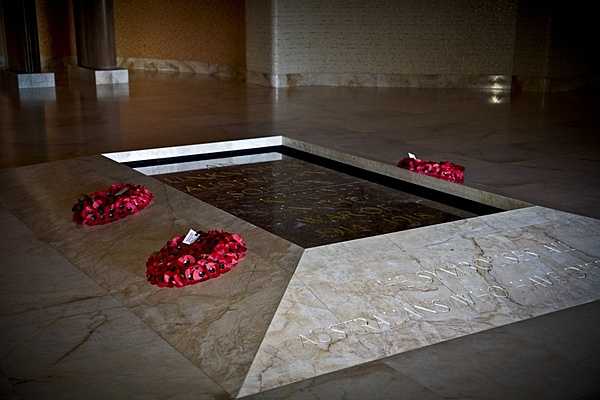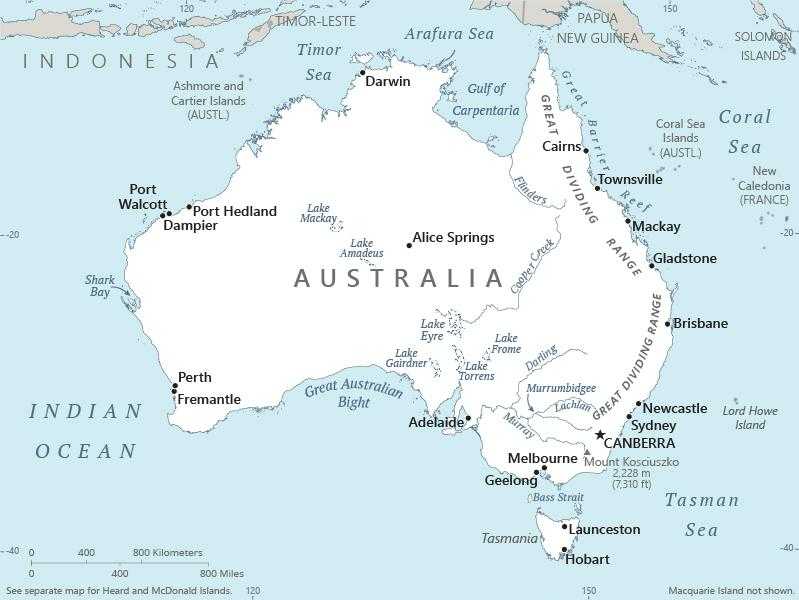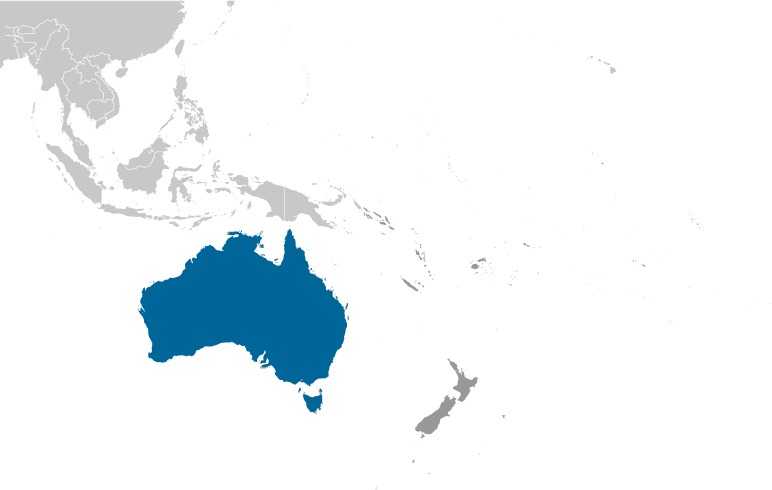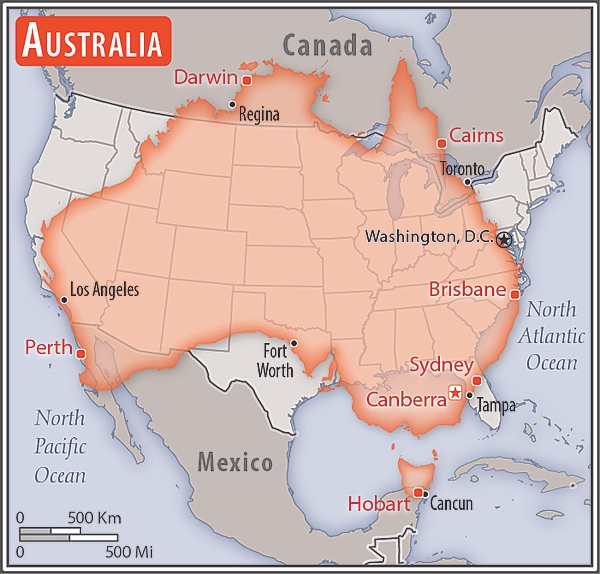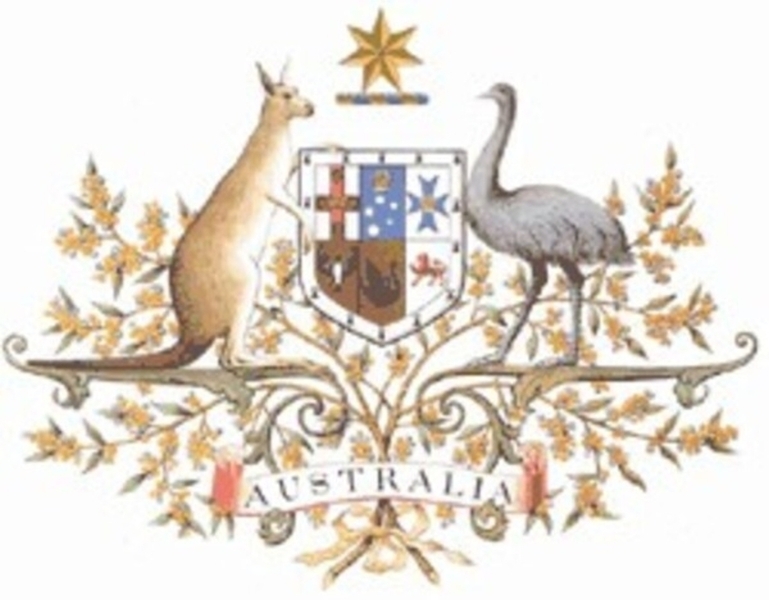Introduction
Visit the Definitions and Notes page to view a description of each topic.
Geography
People and Society
Population
comparison rankings: total 54; male 54; female 55
Median age
comparison ranking: total 77
Population growth rate
comparison ranking: 81
Birth rate
comparison ranking: 142
Death rate
comparison ranking: 127
Net migration rate
comparison ranking: 15
Maternal mortality ratio
comparison ranking: 191
Infant mortality rate
comparison ranking: total 211
Life expectancy at birth
comparison ranking: total population 13
Total fertility rate
comparison ranking: 155
Obesity - adult prevalence rate
comparison ranking: 27
Alcohol consumption per capita
comparison ranking: total 27
Tobacco use
comparison ranking: total 119
Education expenditure
comparison ranking: Education expenditure (% GDP) 62
Environment
Carbon dioxide emissions
comparison ranking: total emissions 16
Government
Economy
Real GDP (purchasing power parity)
comparison ranking: 21
Real GDP growth rate
comparison ranking: 165
Real GDP per capita
comparison ranking: 31
Inflation rate (consumer prices)
comparison ranking: 103
GDP - composition, by sector of origin
comparison rankings: agriculture 147; industry 78; services 55
Industrial production growth rate
comparison ranking: 124
Labor force
comparison ranking: 43
Unemployment rate
comparison ranking: 65
Youth unemployment rate (ages 15-24)
comparison ranking: total 124
Gini Index coefficient - distribution of family income
comparison ranking: 83
Public debt
comparison ranking: 83
Taxes and other revenues
comparison ranking: 25
Current account balance
comparison ranking: 191
Reserves of foreign exchange and gold
comparison ranking: 40
Energy
Electricity
comparison rankings: installed generating capacity 15; consumption 19; transmission/distribution losses 184
Energy consumption per capita
comparison ranking: 16
Communications
Telephones - fixed lines
comparison ranking: total subscriptions 24
Telephones - mobile cellular
comparison ranking: total subscriptions 49
Broadband - fixed subscriptions
comparison ranking: total 26
Transportation
Merchant marine
comparison ranking: total 37
